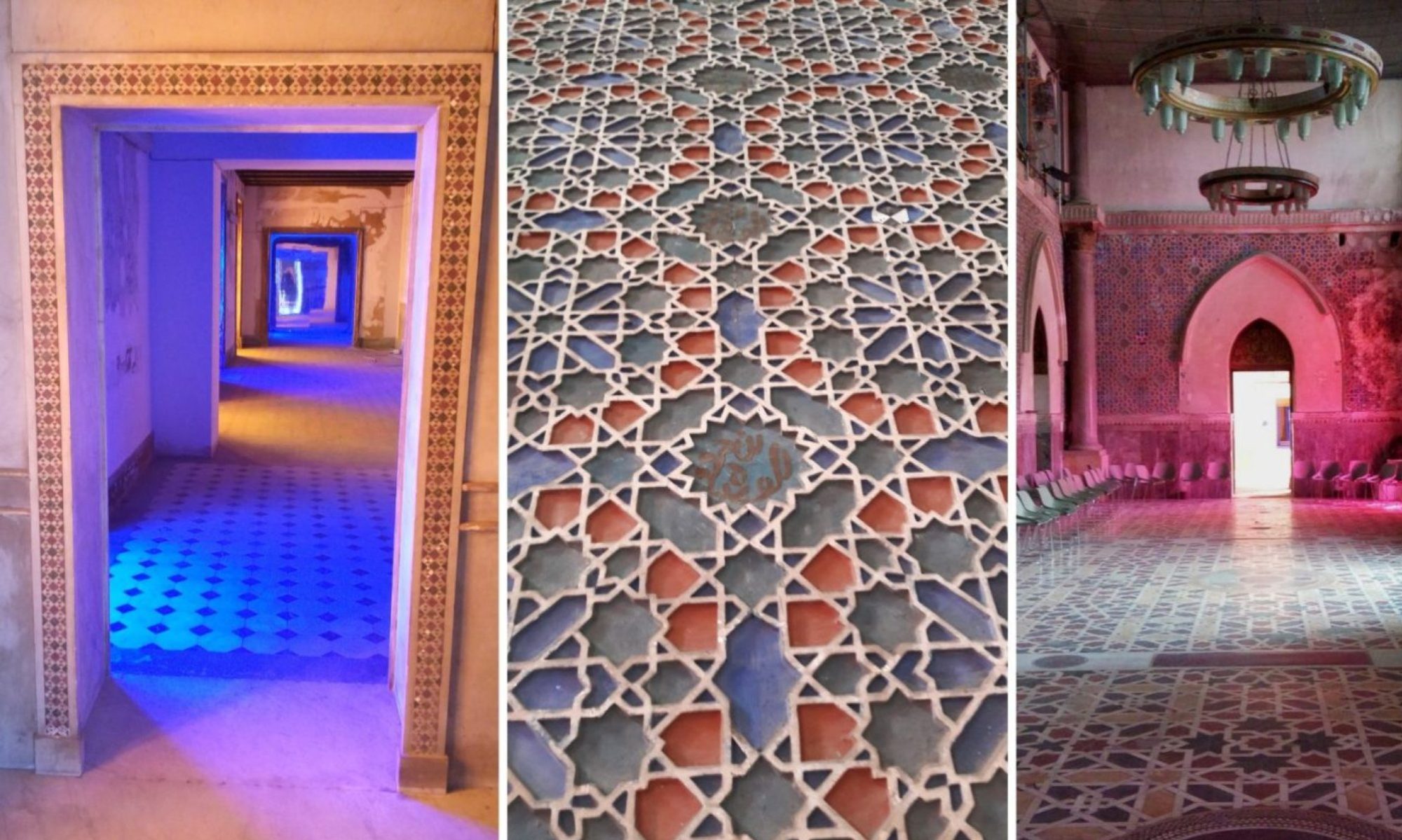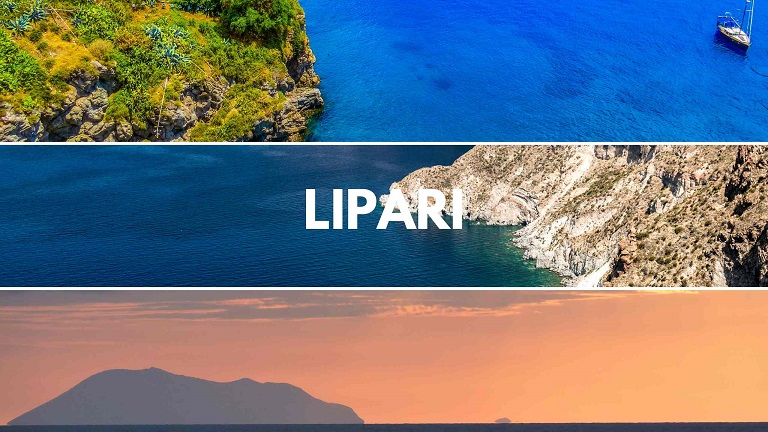Lipari, an underestimated discovery, in our opinion… one of the hidden gems of the Aeolian Islands archipelago, located off the coast of Sicily; an island that offers different opportunities and stimuli to anyone who really wants to get to know them, beaches, rocks, pebbles, mountains, trekking, history, culture, good food but above all a place where people still look each other in the eyes when they cross and greet each other!!! How we love it!

In a world that seems increasingly homogeneous, Lipari shines like a precious gem, with its deep roots, natural beauty, and vibrant culture. Visiting this island is like a journey through time, in search of the most authentic Sicilian that is difficult to discern on the larger island today; it is an escape from the daily routine to a place where history is mixed with the contemporary and beauty is within reach of every gaze. Lipari is an invitation to explore, savor, and discover the timeless charm of the Aeolian Islands; if you are thinking of visiting, our advice is to start right here and then move on to the other, smaller ones that emphasize one aspect or another.
With a rich history, breathtaking landscapes, lush flora, and unique culture, Lipari is a paradise for travelers seeking authenticity and unparalleled beauty. Authenticity is the key word…let’s just say that “marketing by the kilo” is thankfully not applied here and service is done with spontaneity according to the local culture!
Origin and history
The island of Lipari has roots that go back to antiquity. Inhabited since prehistoric times, the island has been home to various civilizations over the millennia, including the Greeks, Romans, Byzantines, and Normans. This mosaic of influences has left an indelible imprint on the island’s culture and architecture.
The first traces of settlement date back to the Bronze Age, when Neolithic tribes arrived in these lands. Later, the island was colonized by the Greeks and then the Romans, both leaving an indelible imprint on the local culture and architecture. However, one of the most significant periods in Lipari’s history was the medieval era, during which the island became an important center of trade and a defensive stronghold. Lipari Castle, built by the Normans in the 12th century, bears witness to this glorious past and is now one of the island’s most recognizable symbols. An imposing fortress was built to defend the island from pirate raids. Today, the castle houses an archaeological museum that displays artifacts that tell the story of the island and the civilizations that have passed through it; it also has a beautiful amphitheater (recent construction though in style) that looks out over the sea…. a show in which to enjoy sympathetic theatrical performances scheduled throughout the summer).
Lipari’s breath-taking views
Lipari enchants visitors with a variety of spectacular landscapes. From golden sandy beaches to sheer cliffs, the Aeolian island offers breathtaking vistas that leave you breathless. It allows simultaneous views of Sicily and Calabria silhouetted in front of its shores.
Among the most iconic spots is Valle Muria beach, a hidden paradise with crystal-clear waters and majestic views of the bay; it is not easy to walk to (we recommend good sneakers) but the effort will surely pay off! But Lipari’s natural wonders do not end on its shores: the hinterland is home to an evocative hilly landscape, dotted with centuries-old olive groves and terraced vineyards (there are many productions of excellent wines and liquors here on the island).
The island’s vegetation is equally fascinating, with Mediterranean plants such as capers, prickly pears, and olive trees adding a hint of color and fragrance to the land; there are also many wild medicinal plants whose use dates back to the history of time.
Lipari’s culture is a fascinating blend of influences; its inhabitants proudly preserve traditions dating back centuries. One craft tradition that stands out is the production of ceramics, with intricate designs and bright colors that represent the island’s history and legends.
In addition, traditional “canzuna liparese” singing brings the community together in moments of joy and celebration. Religious festivals are also an integral part of the culture, with processions and celebrations honoring patron saints and emphasizing the deep spirituality of the island; on August 24, the patron saint, St. Bartolo, is certainly not to be missed!
Lipari offers a number of must-see attractions for tourists; besides the aforementioned fortress, another place of interest is the Aeolian Regional Archaeological Museum. Here one can admire unique artifacts from excavations on the island and learn more about the history and culture of the Aeolian Islands over the centuries. For a more adventurous experience, you can explore the “Pumice Quarry“, an abandoned quarry that has created a surreal landscape of white rocks and rivers of pumice–a true temple of industrial archaeology!
Lipari’s traditional food and delicacies
Liparese cuisine reflects the essence of the island: freshness, simplicity, and authentic flavors. Dishes are often prepared with local ingredients, such as freshly caught fish, garden vegetables, and local olive oil. A must-try specialty is “Pasta alle Sarde“, a dish that combines flavors of sea and land in a delicious combination. For those who love intense flavors, Lipari’s “Cannoli“, sweets filled with ricotta cheese and garnished with candied orange peel, are an excellent choice to end your meal.
Fresh fish is the undisputed star, with dishes such as “Tuna with Onions“, a delicious smoked tuna served with sweet Tropea onions. “Cunzato” breads are sandwiches stuffed with simple but tasty ingredients (each has its own “family” recipe), such as tomatoes, cheese, anchovies, and oregano. For more adventurous palates, “Maccaruna cu l’ova” is an egg pasta dish topped with meat sauce and pecorino cheese. The confectionery tradition is equally inviting, with sweets such as “Pignolata“, fried balls of sweet dough covered in honey.
Where? It’s affordable so all you have to do is walk down the main street for example and stop at one of the many restaurants you can spot even in the perpendicular streets.


